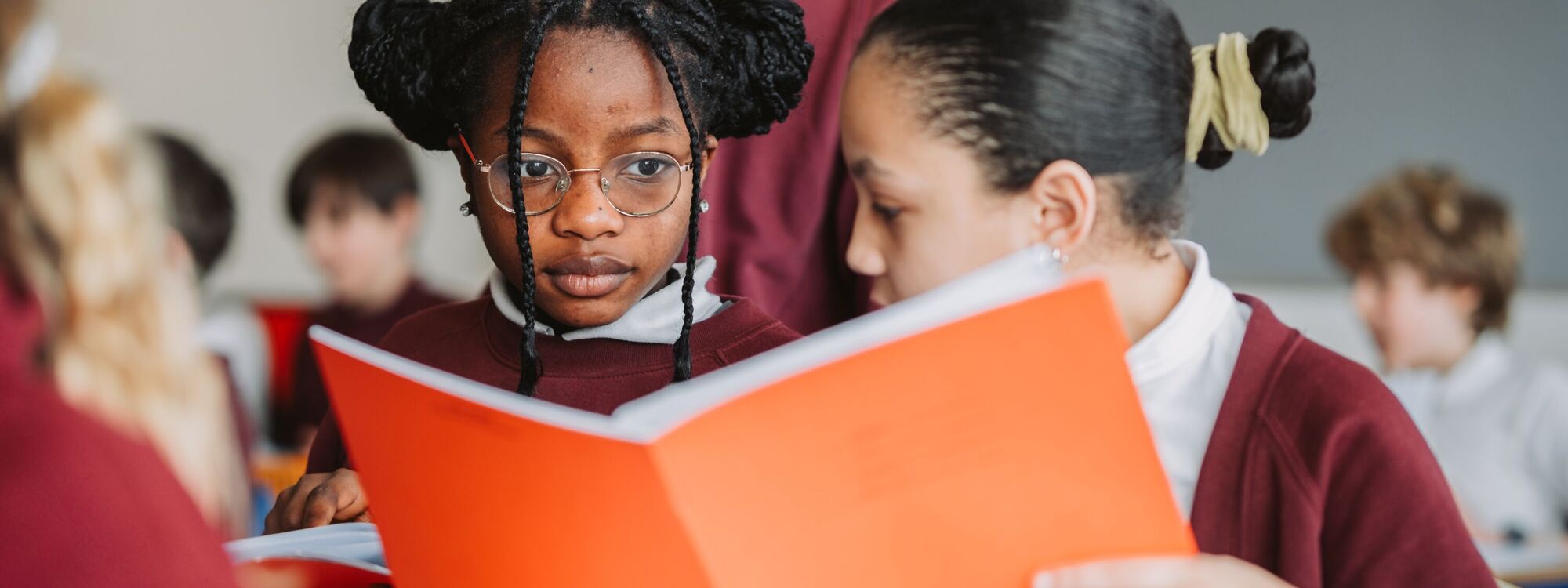Science
Intent
At Ladysmith Junior School, we follow the National Curriculum to structure and shape our teaching of science. As such, we hold the aim of this document, that a high-quality science education provides the foundations for understanding the world through the specific disciplines of biology, chemistry and physics, as our overarching guiding principle for shaping the provision of science. Through our curriculum we:
- Inspire children’s curiosity to wonder about the world around us, how it works and why.
- Teach the scientific knowledge and disciplinary skills as outlined in the National Curriculum through clearly structured and progressive sequences of learning.
- Develop children’s understanding of key scientific vocabulary and enable them to apply this vocabulary to explain, reason and justify their scientific ideas.
- Give all children accessible opportunities to generate scientific questions and explore these through various types of scientific enquiry; this gives children opportunity to raise further questions and make predictions.
- Enable children to see themselves as scientists, and to apply these skills and knowledge to their wider and future learning.
What do science lessons look like at Ladysmith Juniors?
At Ladysmith Junior School, we use our progression map to make sure that our lessons build year on year and lesson on lesson. Every sequence of learning starts with an elicitation task, giving children the opportunity to share knowledge they bring with them to their lessons. Teachers use this to adapt their planning, address misconceptions and provide deeper thinking opportunities. To help children to build on their existing knowledge, each lesson begins with several carefully selected rewind questions.
We use schema, which contains text and images to describe the key knowledge they will acquire during the sequence. We use schemas to support dual coding of new information, supporting pupils to remember more, and make stronger connections with what they already know. This helps children to commit their new learning to long term memory. The schema is revisited at the beginning of every lesson, prompting the children to recall their new knowledge regularly. Here is an example from Year 6:
Each lesson includes explicit teaching of scientific vocabulary, providing children opportunities to hear new vocabulary in context, and to spell and pronounce it accurately.
Our lessons aren’t simply about knowledge, however. We break down the ‘Working Scientifically’ objectives from the National Curriculum and carefully sequence them into our planning, so that children get to do exciting, practical, hands-on science - whether this is an individual investigation, group work, observation of a model or a research-based enquiry. We want our pupils to be engaged in creative and analytical thinking in every lesson. To support this every lesson also has a disciplinary focus, taken from the TAPS wheel. We use this to represent and chunk our disciplinary knowledge. This introduces children to the concept of Plan, Do, Review and supports children to identify themselves as scientists and work scientifically.
Teachers and children at Ladysmith Junior School love getting out and about and we use our extensive grounds - including a forest school area, pond, vegetable gardens, animals including chickens and goats, a large field and hedgerows - to further enrich our lessons and embed the importance of scientific understanding in everyday life.
Key scientists
We have included key scientists across our curriculum to enable children to relate their learning to a real-world context. Knowing about scientists, both historical and modern, brings meaning and value to their learning in the classroom. It also helps them to envisage what a career in science might look like and to understand how scientific understanding has developed and changed over time. We have chosen these scientists carefully to ensure they represent the wide range of human achievement across the world, showing that ethnicity and gender are no barrier to scientific achievement.
How do we make sure that every child succeeds?
Our curriculum aims to be inclusive for all so our planning is carefully adapted to make sure it can be accessed by all of our children and they all have an opportunity to demonstrate their scientific understanding. Each sequence of learning in science will provide a diverse range of learning outcomes for our pupils; for example, some lessons may involve taking photos, sorting objects, group discussion or drawing a diagram.
We continually assess the children throughout our teaching and, if any are in danger of falling behind, we offer additional support. Additionally, we assess at the end of each unit and address any misconceptions the children may have.
| Subject Documents |
|---|
| LJS Science coverage |
| LJS Science One Pager |
